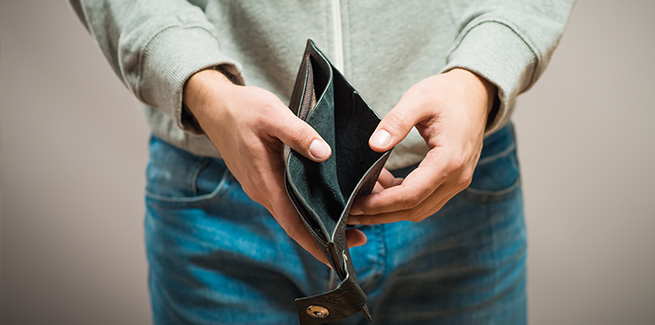A figure of 45.7 per cent of Australians receiving Commonwealth Rent Assistance (CRA) spent over 30 per cent of their income on rent during 2021 – a sum coined by the Australian Institute of Health and Welfare (AIHW) as “housing stress”.
The data point, which is included in the Productivity Commission’s annual Report on Government Services’ (RoGS) housing and homelessness findings, is coupled with results that suggest housing stress is only becoming more common for those receiving CRA.
In 2018 and 2019, those paying 30 per cent or more of their income on rent respectively accounted for 40.3 per cent and 40.5 per cent of the total CRA cohort at that time.
However, during 2020 – a year that saw an expansion of supplement payments related to COVID-19 including JobKeeper – housing stress for those under CRA dropped to 29.4 per cent.
Similarly, the percentage of those paying 50 per cent of their income dropped from 12.7 per cent in 2019 to 7.3 per cent in 2020, before boosting to 17.4 per cent in 2021.
The results also indicate that the vast majority of those under any form of housing stress were those with a family member aged 24 years or under, with 60.2 per cent of this cohort spending at least 30 per cent of their income on rent.
Further, the Productivity Commission estimated that 72.5 per cent of Australia’s low-income households, including those on Disability Support Pensions, would have experienced rental stress if they weren’t supplied funding under the CRA.
National spokesperson for the housing reform campaign, Everybody’s Home, Kate Colvin said that Australia’s housing system now resembles a “great white shark, swallowing family incomes almost whole”.
“It’s simply astounding that even after receiving rent assistance, almost half of households are still in housing stress,” she said.
“The supply of affordable homes is rapidly vanishing for people on low and modest incomes as rents skyrocket. When federal politicians talk about a supply problem they need to get their priorities straight, we need more social and affordable housing to give people on modest incomes real choice.”
According to the findings, over this financial year, state and territory governments spent a collective $4.5 billion on all social housing, with an additional $1.7 billion spent on homelessness services.
The total real expenditure made by Australia’s state and territory governments on CRA accounts for 5.3 billion for the 2021 financial year, or $207 per person.
“COVID-19 has completely warped our housing market. The benefits are being funnelled to those who already own housing while people in the rental market are forced into a brutal contest for survival,” Ms Colvin added.
“The best way to address this is to lift the historically low rates of social housing investment. We need at least 25,000 new social housing units built per year just to begin closing the widening housing gap.
“We also need a serious adjustment to Commonwealth Rent Assistance that reflects the reality of surging rents in Australia.”
[Related: Residential land values continue to soar across NSW]
